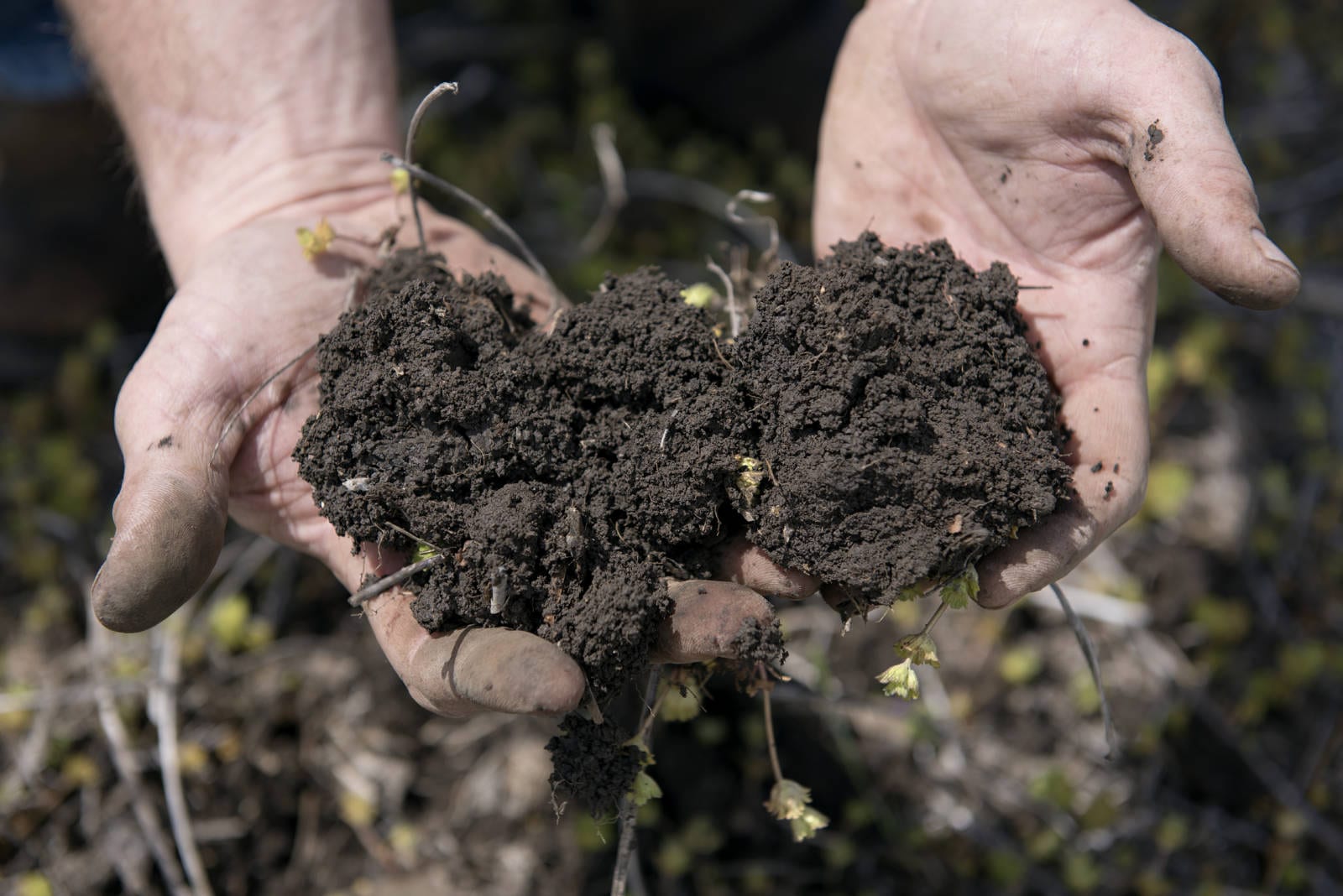 We finished harvest on October 27. Overall, harvest went smoothly, with just a few weather delays – rain and snow – in late October. It feels really good to have the crop harvested.
We finished harvest on October 27. Overall, harvest went smoothly, with just a few weather delays – rain and snow – in late October. It feels really good to have the crop harvested.
Our yields were all over the place. Some soybean fields yielded well, while others were well below average. And some corn fields yielded well, while others were well below average. The dry weather throughout the season definitely reduced both soybean and corn yields on our poorer soils. The crops on our better soil yielded higher.
Overall for our farm, yields came in a bit below average for 2020. Fortunately, crop prices have been going up. In my more than 40 years of farming, I’ve learned that crop yields and prices usually balance out so that our gross total evens out over time.
 As soon as we finished harvest, we started preparing for fall fieldwork. Our first priority is to apply the manure from our pig barns to our harvested fields. We use all the manure from the pigs we raise as fertilizer for our fields. We think it is very valuable.
As soon as we finished harvest, we started preparing for fall fieldwork. Our first priority is to apply the manure from our pig barns to our harvested fields. We use all the manure from the pigs we raise as fertilizer for our fields. We think it is very valuable.
Like all farmers who use manure as fertilizer, we develop and follow a manure management plan. We grid sample the soil in all the fields that will receive manure to understand their nutrient content, especially the available nitrogen. Then we use soil maps, yield maps and the nutrient value of our manure to determine how much manure will be applied to each fall. We will get a sample of our manure, but we have found that its nutrient content stays relatively consistent from year to year.

We apply manure as fertilizer to fields that will be planted to corn next year. We have enough manure that we can cover about two-thirds of next year’s corn fields. Many of those are fields that we just harvested soybeans from. But we do have some acres that will be planted to corn two years in a row, based in part on our manure management plan. With this plan, many of our fields have manure applied about every-other year. The other one-third of next season’s corn fields will rely on commercial fertilizer, which we will apply either this fall or next spring, depending on the weather.
Since last fall, manure has been collecting in the pits underneath each of our pig barns. The barns were built to be able to store at least a year’s worth of manure from the pigs raised there. We put pumps into the pits to agitate the manure to make it consistent in nutrient value and thickness. Then we use large tanks to haul it from the barns to the field.
 We use best practices to be sure we get the full value out of recycling these nutrients. We are using the nutrients left over from our pigs turning the soybean meal and corn in their diets into meat to raise more corn and soybeans to feed more pigs next year.
We use best practices to be sure we get the full value out of recycling these nutrients. We are using the nutrients left over from our pigs turning the soybean meal and corn in their diets into meat to raise more corn and soybeans to feed more pigs next year.
We wait until soil temperatures are below 10°C, or 50°F, to apply manure, so that the nitrogen we apply will stay in the soil. We also incorporate our manure into the soil. That means it is either knifed in below the surface, or applied with a bit of soil disturbance so that dirt covers it. The features in our fields like buffer strips, grass waterways and terraces that reduce soil erosion also help keep these nutrients in place.
It usually takes us a week to a week and a half to apply all our manure each fall. Once that is done, we will focus on other fieldwork until the weather interrupts us or we get it all done – whichever comes first.

